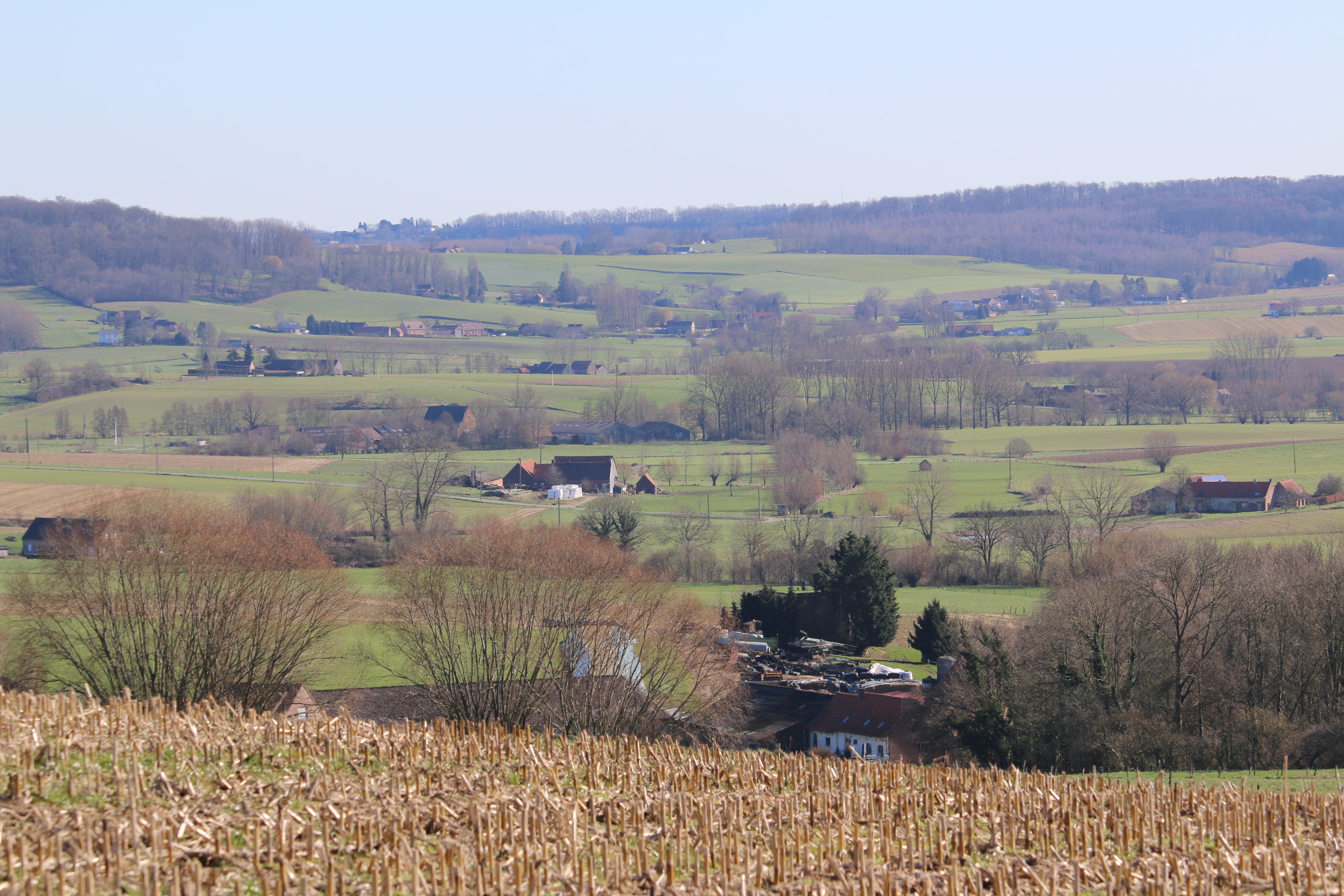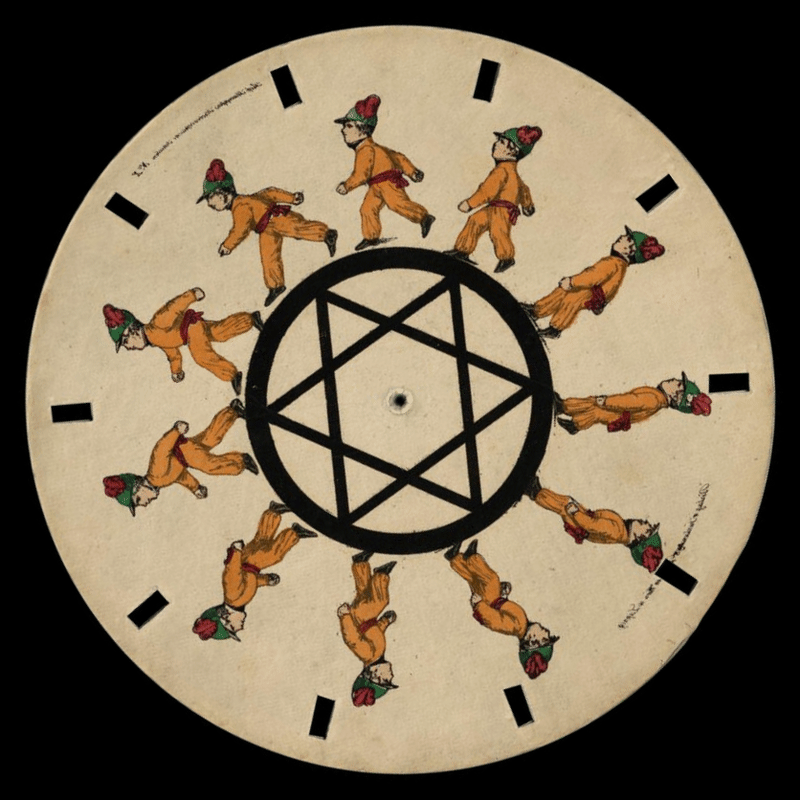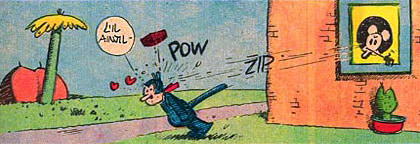|
Misère Au Borinage
''Misère au Borinage'' ( French; ), also known as ''Borinage'', is a 1934 Belgian documentary film directed by Henri Storck and Joris Ivens. Produced during the Great Depression, the film's theme is intensely socialist, covering the poor living conditions of workers, particularly coal miners, in the Borinage region of Hainaut Province in Belgium. It is considered a classic work of political cinema and has been described as "one of the most important references in the documentary genre". ''Misère au Borinage'' was shot in black and white and is a silent film with intertitles in French and Dutch. It opens with a title card, bearing the slogan: "Crisis in the Capitalist World. Factories are closed down, abandoned. Millions of proletarians are hungry!" and shows footage of the repression of a 1933 strike in Ambridge, Pennsylvania in the United States. The film then shifts to the Borinage, an industrial region in Belgium's Hainaut Province, during and after the general strike of 19 ... [...More Info...] [...Related Items...] OR: [Wikipedia] [Google] [Baidu] |
Henri Storck
Henri Storck (5 September 1907 – 17 September 1999) was a Belgian writer, filmmaker and documentarist. In 1933, he directed, with Joris Ivens, '' Misère au Borinage'', a film about the miners in the Borinage area. In 1938, with Andre Thirifays and Pierre Vermeylen, he founded the Cinémathèque Royale de Belgique (Royal Belgian Film Archive). Storck was an actor in two key films of the history of the cinema: Jean Vigo's '' Zéro de conduite'' (1933) in the role of the priest, and Chantal Akerman's '' Jeanne Dielman, 23 Quay Commercial, 1080 Brussels'' (1975) in the role of a customer of the prostitute. Jacqueline Aubenas wrote about him, in her expository work, ''It's been going on for 100 years: a history of the francophone cinema of Belgium'': "There emerges forcefully the personality of a cineaste who is not a militant in the sense that this term had in the 1930s for Soviet directors who held an ideology, but in the sense of a generous man who will never choose the wron ... [...More Info...] [...Related Items...] OR: [Wikipedia] [Google] [Baidu] |
Hainaut (province)
Hainaut (, also , , ; nl, Henegouwen ; wa, Hinnot; pcd, Hénau), historically also known as Heynowes in English, is a province of Wallonia and Belgium. To its south lies the French department of Nord, while within Belgium it borders (clockwise from the North) on the Flemish provinces of West Flanders, East Flanders, Flemish Brabant and the Walloon provinces of Walloon Brabant and Namur. Its capital is Mons (Dutch ''Bergen'') and the most populous city is Charleroi, the province's urban, economic and cultural hub, the financial capital of Hainaut and the fifth largest city in the country by population. Hainaut has an area of and as of January 2019 a population of 1,344,241. Another remarkable city is Tournai (Dutch ''Doornik'') on the Scheldt river, one of the oldest cities of Belgium and the first capital of the Frankish Empire. Hainaut province exists of a wavy landscape, except for the very southern part, the so-called ''Boot of Hainaut'', which is quite hilly and belon ... [...More Info...] [...Related Items...] OR: [Wikipedia] [Google] [Baidu] |
Films Directed By Joris Ivens
A film also called a movie, motion picture, moving picture, picture, photoplay or (slang) flick is a work of visual art that simulates experiences and otherwise communicates ideas, stories, perceptions, feelings, beauty, or atmosphere through the use of moving images. These images are generally accompanied by sound and, more rarely, other sensory stimulations. The word "cinema", short for cinematography, is often used to refer to filmmaking and the film industry, and to the art form that is the result of it. Recording and transmission of film The moving images of a film are created by photographing actual scenes with a motion-picture camera, by photographing drawings or miniature models using traditional animation techniques, by means of CGI and computer animation, or by a combination of some or all of these techniques, and other visual effects. Before the introduction of digital production, series of still images were recorded on a strip of chemically sens ... [...More Info...] [...Related Items...] OR: [Wikipedia] [Google] [Baidu] |
Films Directed By Henri Storck
A film also called a movie, motion picture, moving picture, picture, photoplay or (slang) flick is a work of visual art that simulates experiences and otherwise communicates ideas, stories, perceptions, feelings, beauty, or atmosphere through the use of moving images. These images are generally accompanied by sound and, more rarely, other sensory stimulations. The word "cinema", short for cinematography, is often used to refer to filmmaking and the film industry, and to the art form that is the result of it. Recording and transmission of film The moving images of a film are created by photographing actual scenes with a motion-picture camera, by photographing drawings or miniature models using traditional animation techniques, by means of CGI and computer animation, or by a combination of some or all of these techniques, and other visual effects. Before the introduction of digital production, series of still images were recorded on a strip of chemically sensitized ... [...More Info...] [...Related Items...] OR: [Wikipedia] [Google] [Baidu] |
Belgian Documentary Films
Belgian may refer to: * Something of, or related to, Belgium * Belgians, people from Belgium or of Belgian descent * Languages of Belgium, languages spoken in Belgium, such as Dutch, French, and German *Ancient Belgian language, an extinct language formerly spoken in Gallia Belgica *Belgian Dutch or Flemish, a variant of Dutch *Belgian French, a variant of French *Belgian horse (other), various breeds of horse *Belgian waffle, in culinary contexts * SS ''Belgian'', a cargo ship in service with F Leyland & Co Ltd from 1919 to 1934 *''The Belgian'', a 1917 American silent film See also * *Belgica (other) Gallia Belgica was a province of the Roman Empire in present-day Belgium, Luxembourg, and the Netherlands. Belgica may also refer to: Places * Belgica Glacier, Antarctica * Belgica Guyot, an undersea tablemount off Antarctica * Belgica Mountai ... * Belgic (other) {{Disambiguation ... [...More Info...] [...Related Items...] OR: [Wikipedia] [Google] [Baidu] |
1934 Films
The following is an overview of 1934 in film, including significant events, a list of films released and notable births and deaths. Top-grossing films (U.S.) The top ten 1934 released films by box office gross in North America are as follows: Events *January 26 – Samuel Goldwyn (formerly of Metro-Goldwyn-Mayer) purchases the film rights to '' The Wonderful Wizard of Oz'' from the L. Frank Baum estate for $40,000. *February 19 – Bob Hope marries Dolores Reade. *April 19 – Fox Studios releases '' Stand Up and Cheer!'', with five-year-old Shirley Temple in a relatively minor role. Shirley steals the film and Fox, which had been near bankruptcy, finds itself owning a goldmine. *May 18 – Paramount releases ''Little Miss Marker'', with Shirley Temple, on loan from Fox, in the title role. *June 13 – An amendment to the Production Code establishes the Production Code Administration, and requires all films to obtain a certificate of approval before being released. *July ... [...More Info...] [...Related Items...] OR: [Wikipedia] [Google] [Baidu] |
1934 Documentary Films
Events January–February * January 1 – The International Telecommunication Union, a specialist agency of the League of Nations, is established. * January 15 – The 8.0 Nepal–Bihar earthquake strikes Nepal and Bihar with a maximum Mercalli intensity of XI (''Extreme''), killing an estimated 6,000–10,700 people. * January 26 – A 10-year German–Polish declaration of non-aggression is signed by Nazi Germany and the Second Polish Republic. * January 30 ** In Nazi Germany, the political power of federal states such as Prussia is substantially abolished, by the "Law on the Reconstruction of the Reich" (''Gesetz über den Neuaufbau des Reiches''). ** Franklin D. Roosevelt, President of the United States, signs the Gold Reserve Act: all gold held in the Federal Reserve is to be surrendered to the United States Department of the Treasury; immediately following, the President raises the statutory gold price from US$20.67 per ounce to $35. * February 6 – French pol ... [...More Info...] [...Related Items...] OR: [Wikipedia] [Google] [Baidu] |
Black-and-white Documentary Films
Black-and-white (B&W or B/W) images combine black and white in a continuous spectrum, producing a range of shades of grey. Media The history of various visual media began with black and white, and as technology improved, altered to color. However, there are exceptions to this rule, including black-and-white fine art photography, as well as many film motion pictures and art film(s). Photography Contemporary use Since the late 1960s, few mainstream films have been shot in black-and-white. The reasons are frequently commercial, as it is difficult to sell a film for television broadcasting if the film is not in color. 1961 was the last year in which the majority of Hollywood films were released in black and white. Computing In computing terminology, ''black-and-white'' is sometimes used to refer to a binary image consisting solely of pure black pixels and pure white ones; what would normally be called a black-and-white image, that is, an image containing shades of ... [...More Info...] [...Related Items...] OR: [Wikipedia] [Google] [Baidu] |
Belgian General Strikes
Since 1893, there have been a number of general strikes in Belgium. Occasioned by the emergence of the labour movement and socialism in Belgium, general strikes have been an enduring part of Belgian political life. Originally intended to encourage the reform of the franchise, more recent strikes have focused on issues of wages and opposition to government austerity. Since 1945, general strikes have been co-ordinated by the General Federation of Belgian Labour (ABVV-FGTB), a federation of Socialist trade unions, while most before World War II were organised by the parliamentary Belgian Labour Party (POB-BWP). According to Carl J. Strikwerda, the Belgian general strike of 1893 was the first general strike in the European history. Origins In 1866, the Belgian government revoked the articles of the Le Chapelier Law which had outlawed trade unions. The first strikes followed soon after. A mining strike occurred in 1868 and textile workers went on strike during the economic depression ... [...More Info...] [...Related Items...] OR: [Wikipedia] [Google] [Baidu] |
Les Enfants Du Borinage - Lettre à Henri Storck
''Kids from the Coal Land: A Letter to Henri Storck'' (french: Les enfants du Borinage - Lettre a Henri Storck) is a 2000 documentary film by director Patric Jean about the former mining district Borinage in the Walloon region of Belgium. The film is a follow-up/homage to Henri Storck's previous 1933 documentary about the Borinage, ''Misère au Borinage ''Misère au Borinage'' ( French; ), also known as ''Borinage'', is a 1934 Belgian documentary film directed by Henri Storck and Joris Ivens. Produced during the Great Depression, the film's theme is intensely socialist, covering the poor living ...''. Awards * IDFA Award for best Mid-Length Documentary (1999) External links ''Kids of the coalmine'', documentary online* 2000 films 2000 documentary films Documentary films about mining Films shot in Belgium Culture of Wallonia 2000s French-language films Belgian documentary films 2000s Belgian films {{Belgium-film-stub ... [...More Info...] [...Related Items...] OR: [Wikipedia] [Google] [Baidu] |
Flemish People
The Flemish or Flemings ( nl, Vlamingen ) are a Germanic ethnic group native to Flanders, Belgium, who speak Dutch. Flemish people make up the majority of Belgians, at about 60%. "''Flemish''" was historically a geographical term, as all inhabitants of the medieval County of Flanders in modern-day Belgium, France, and the Netherlands were referred to as "Flemings", irrespective of their ethnicity or language. The contemporary region of Flanders comprises a part of this historical county, as well as parts of the medieval duchy of Brabant and the medieval county of Loon, where the modern national identity and culture gradually formed. History The sense of "Flemish" identity increased significantly after the Belgian Revolution. Prior to this, the term "Vlamingen" in the Dutch language was in first place used for the inhabitants of the former County of Flanders. Flemish, however, had been used since the 14th century to refer to the language and dialects of both the peoples ... [...More Info...] [...Related Items...] OR: [Wikipedia] [Google] [Baidu] |




